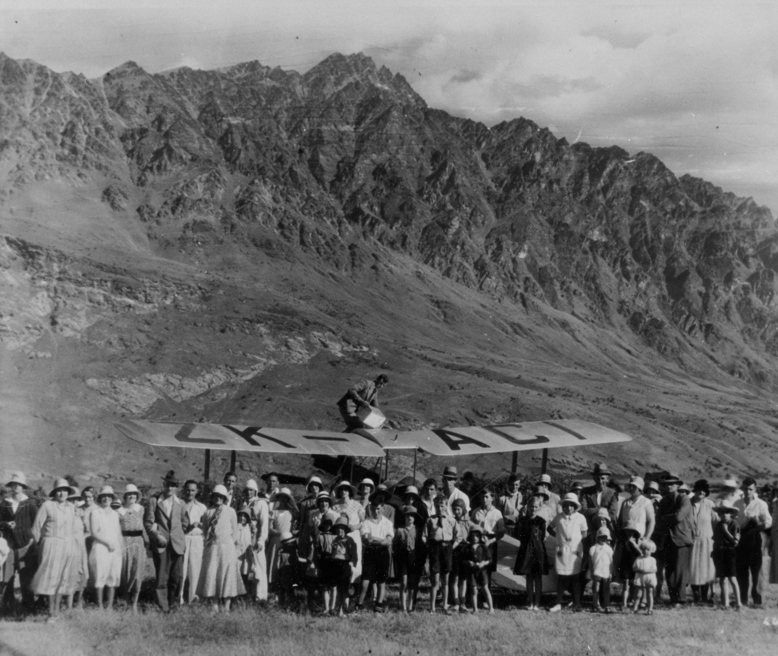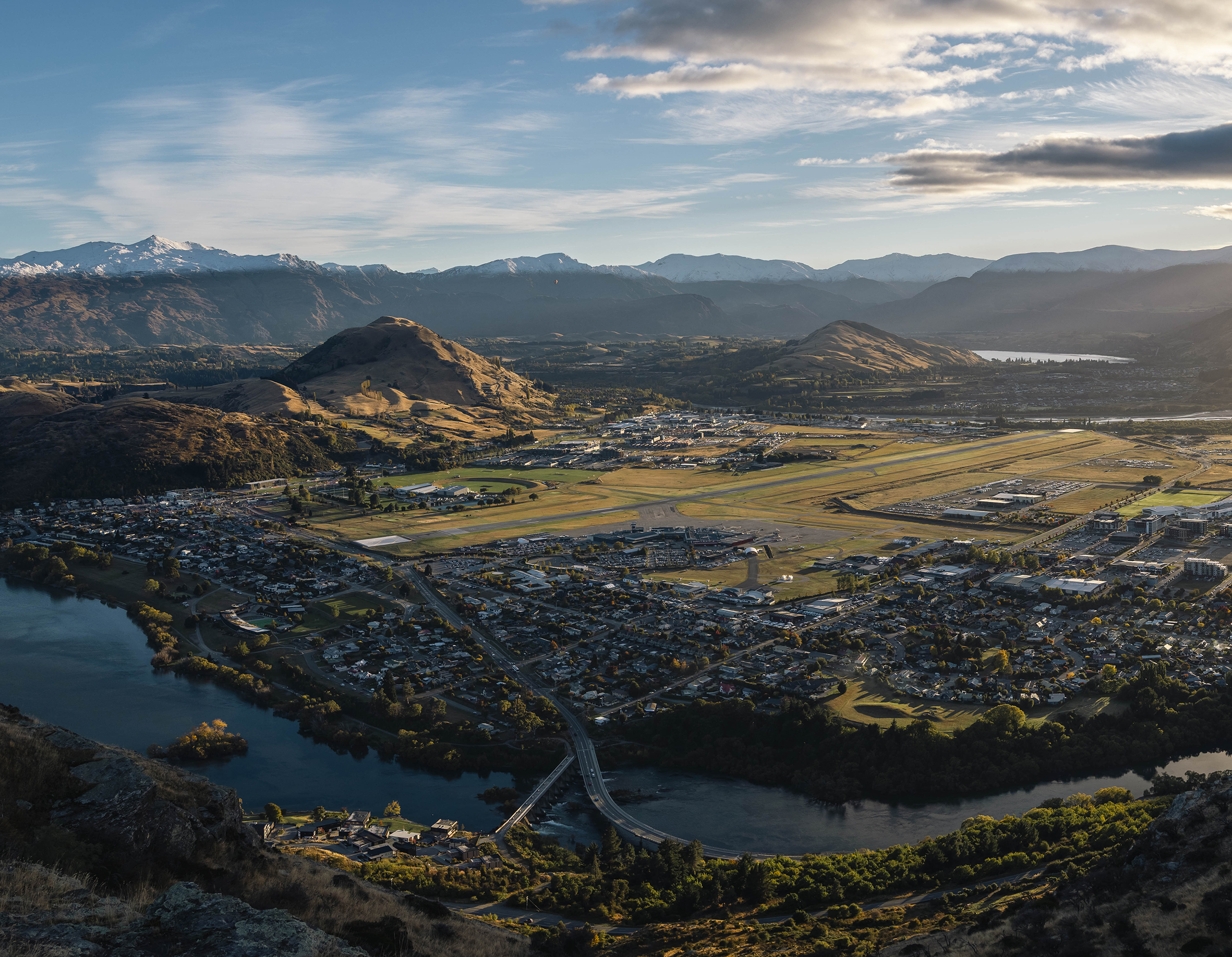
Ninety years ago, at the foot of the Remarkables, a dream took flight – quite literally. It was the 1930s, and aviation was the new frontier. New Zealand was buzzing with tales of daring pilots achieving scarcely believable feats.
The first plane landed on the Frankton Flats in January 1931, thrilling those who had never seen an aircraft before. The following year, the Otago Aero Club brought a two-seat biplane to the district for Easter and took passengers for short flights from Frankton.
Soon, the people of Queenstown were clamouring for an official aerodrome. They weren't just excited about planes; they were also excited about connecting with the rest of New Zealand and other parts of the world more easily than ever before.
Locals gathered at town meetings, wrote letters to the editor, and lobbied politicians, all saying the same thing – they wanted an aerodrome. The disused Frankton racecourse was identified as the perfect location.
When New Zealand's most famous aviator, Jean Batten, was shown the site, she declared it 'a wonderful place for a landing ground'.
On 14 August 1935, after considerable wrangling with officials, a temporary landing ground licence was issued. And so, with a mix of community determination and entrepreneurial spirit, Queenstown Airport was born.
Fulton Hogan was hired to level the ground. It wasn't much by today's standards – a grass airstrip and a whole lot of enthusiasm – but it was the start of something special.
Over the intervening decades, the runway has been widened, sealed, widened more, and lengthened. It has been used by a huge variety of aircraft, ranging from the distinctive Dominies of the pioneering flightseeing days, to Mount Cook Airlines' DC-3s and Hawker Siddeleys, to the Airbus A321neos of the modern era. Technological advances and the use of world-leading navigational aids have enabled trans-Tasman and after-dark flights.
Today, Queenstown Airport welcomes more than 2.6 million passengers a year. It facilitates daily flights to New Zealand's main centres and cities along the east coast of Australia. And it plays a vital role in the social and economic wellbeing of the entire Southern Lakes region, connecting communities, supporting tourism, and enabling commerce.
As we celebrate our 90th birthday, we look back with pride at how far we've come and we look ahead with excitement. We're at the beginning of a significant programme of investment in infrastructure, designed to ensure the airport continues to meet the needs of our growing region.
Together with our community, we're shaping the next chapter of Queenstown Airport's story – one that honours the vision of our forebears and embraces a future full of innovation, connection, and opportunity.
Here's to the next 90 years!

Historic image: Lakes District Museum EL4633

